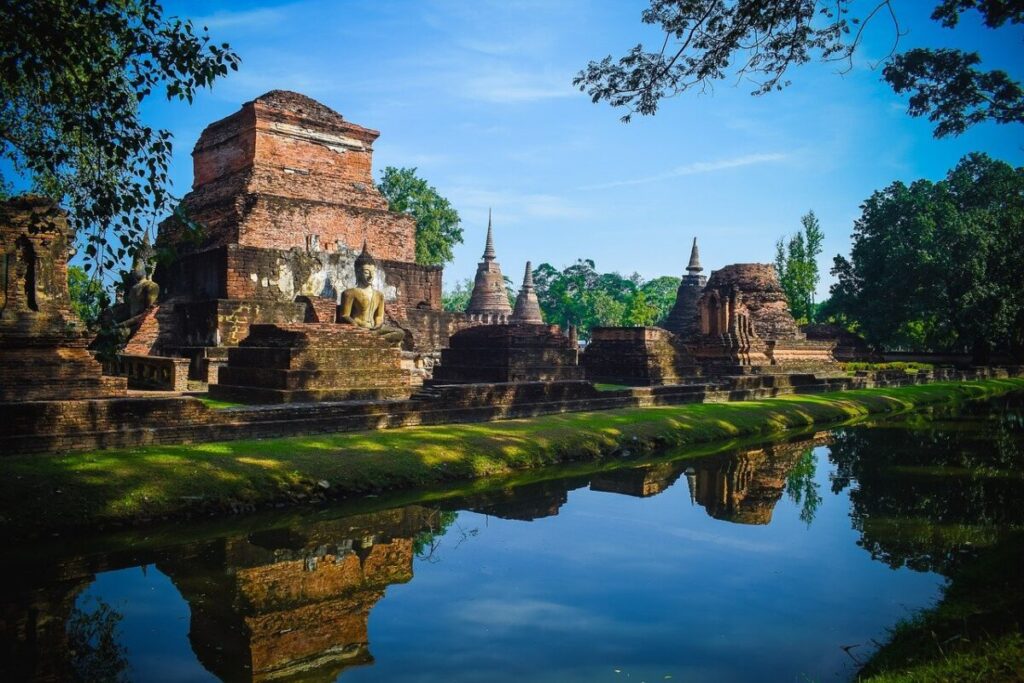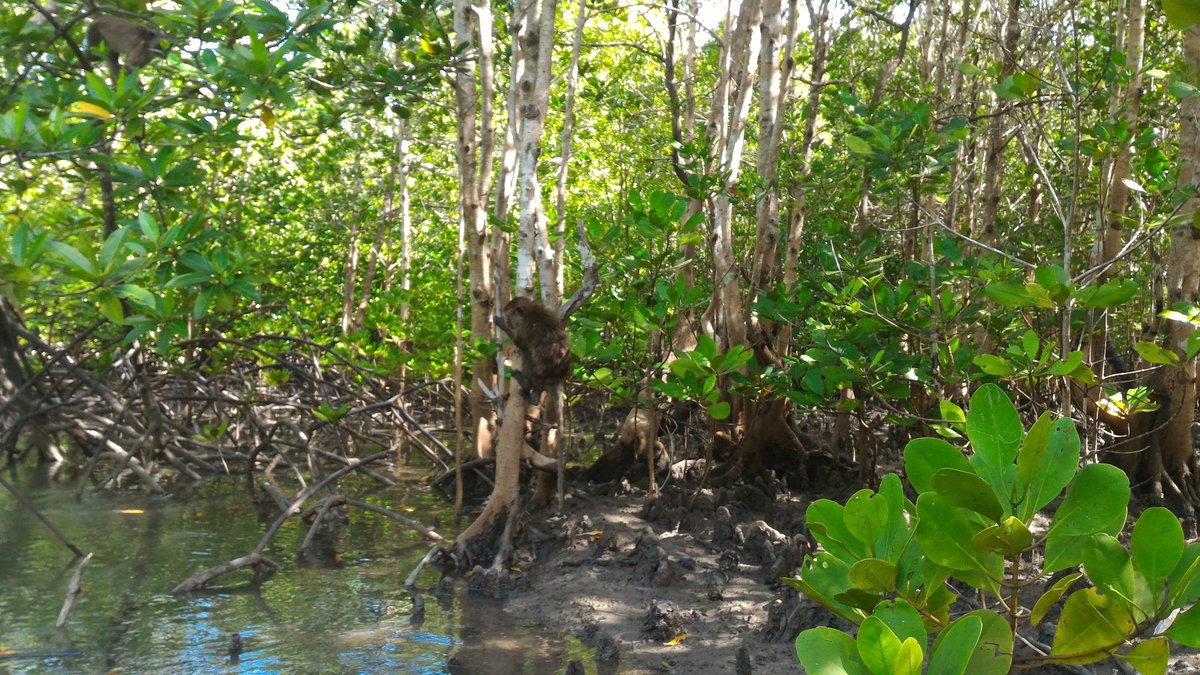So you’re interested in exploring Thailand’s beautiful mangrove forests, huh? Well, you’re in for a treat! In this article, we’re going to take you on a virtual tour of nature’s hidden gems in Thailand. From the stunning biodiversity to the peaceful tranquility, these mangrove forests have it all. Get ready to dive deep into the lush greenery and discover the wonders of Thailand’s magnificent mangrove forests.
But wait, there’s more! In this article, we’ll not only introduce you to some of the most fascinating mangrove forests in Thailand but also provide you with a guide on how to make the most of your visit. We’ll share insights on the best times to go, the unique flora and fauna you can expect to encounter, and the various activities you can partake in to fully immerse yourself in the beauty of these natural wonders. So, whether you’re an avid nature enthusiast or simply looking for a peaceful escape, stay tuned to learn everything you need to know about Thailand’s magnificent mangrove forests.
Introduction
Thailand is known for its stunning beaches, vibrant cities, and flavorful cuisine, but one of the country’s hidden gems lies within its mangrove forests. These unique ecosystems offer a breathtaking natural beauty and a range of fascinating flora and fauna. In this guide, we will explore why visiting Thailand’s mangrove forests is a must, what makes them unique, and how you can make the most of your experience.

Understanding Mangrove Forests
What are mangrove forests?
Mangrove forests are coastal wetlands characterized by salt-tolerant trees called mangroves. These trees have specialized adaptations that allow them to thrive in brackish water, making them uniquely suited to the intertidal zones where freshwater and seawater meet. Mangrove forests are found in tropical and subtropical regions around the world, including Thailand.
Importance of mangrove forests
Mangrove forests play a crucial role in maintaining the health and balance of coastal ecosystems. They act as a buffer against erosion and storm surges, protecting coastal areas from the damaging effects of hurricanes and tsunamis. Mangroves also filter and trap sediments, preventing them from entering the ocean and smothering coral reefs. Additionally, these unique forests serve as nurseries and habitats for a wide variety of marine species, making them essential for the overall health of the marine ecosystem.
Threats to mangrove forests
Despite their importance, mangrove forests face various threats. The expansion of coastal development, aquaculture, and agriculture often leads to the destruction of mangrove habitats. Pollution from industrial activities and improper waste disposal also poses a significant risk to these delicate ecosystems. Climate change exacerbates these threats, with rising sea levels and increased frequency of extreme weather events impacting the survival and growth of mangroves. Therefore, conservation efforts are vital to protect and preserve these ecosystems for future generations.
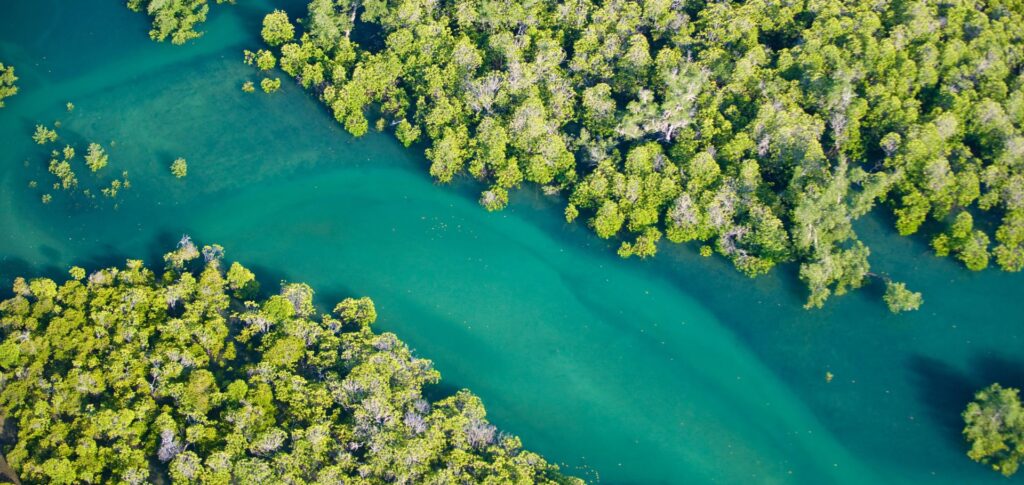
Location and Types of Mangrove Forests in Thailand
Overview of Thailand’s mangrove forest regions
Thailand is home to several regions that boast vibrant mangrove forests. These regions include Phang Nga Bay, Trang Province, and Khao Sam Roi Yot National Park. Each offers unique experiences and breathtaking natural beauty, making them worth exploring.
Different types of mangrove forests in Thailand
Thailand’s mangrove forests encompass a variety of environments and species. The most common types include Rhizophora, Avicennia, and Sonneratia mangroves. Rhizophora mangroves are known for their distinctive stilt-like roots that provide stability in the muddy substrate. Avicennia mangroves, on the other hand, have long, spear-shaped leaves and a complex root system that helps filter saltwater. Sonneratia mangroves are easily recognizable by their aerial roots, which resemble long, pencil-like tubes.
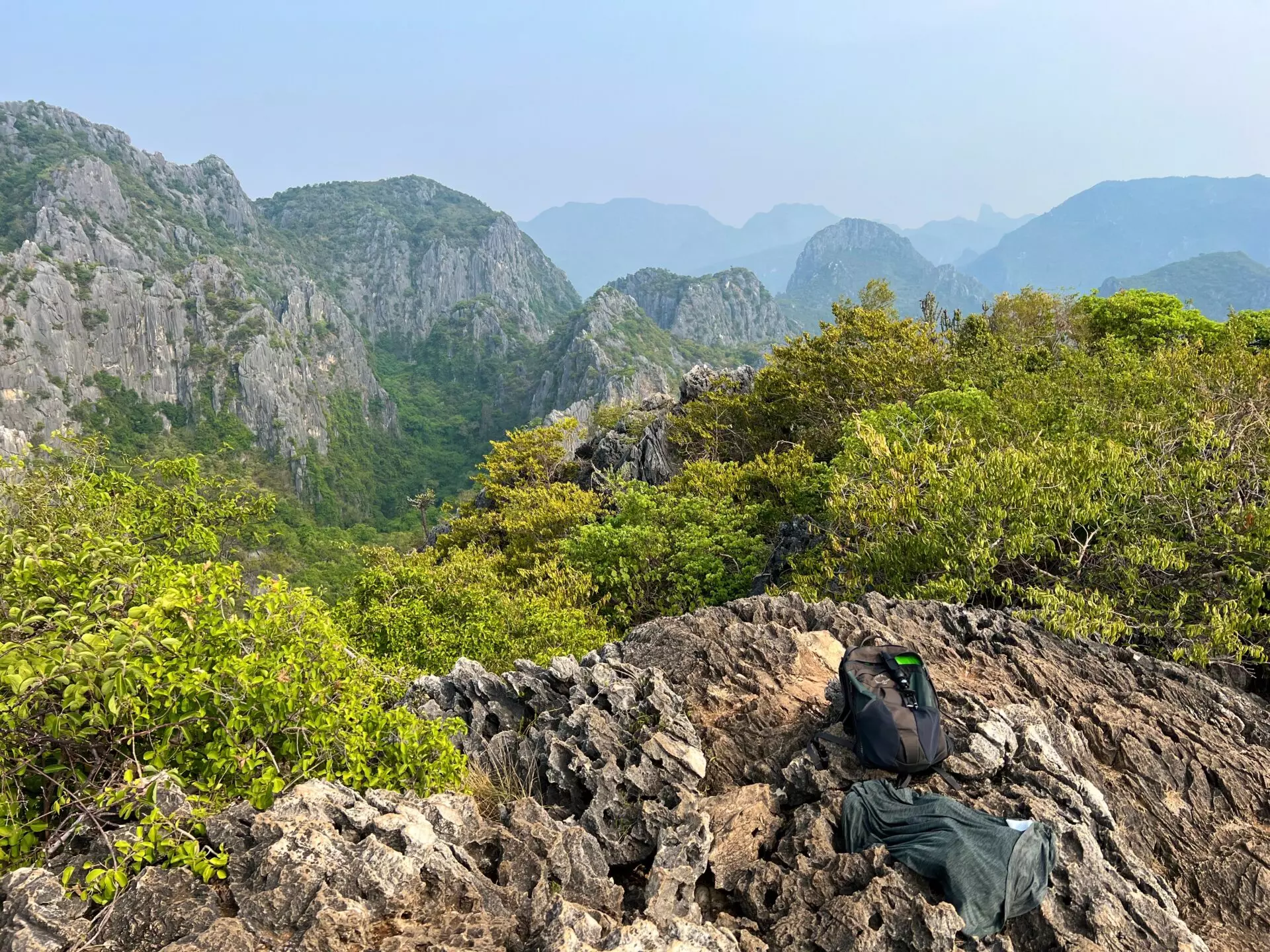
Flora and Fauna in Thailand’s Mangrove Forests
Diverse plant species in Thai mangrove forests
Thai mangrove forests are home to a diverse range of plant species. In addition to mangroves, other notable plant species include the Nypa palm, also known as the mangrove palm. This palm tree provides habitat and food for various animals. The Pandanus tree, with its striking aerial prop roots, is another fascinating plant commonly found in these forests. Additionally, you may encounter the fragrant mangrove apple, a fruit-bearing tree that adds a splash of color to the landscape.
Rare and endangered animals found in Thai mangrove forests
Thailand’s mangrove forests are a haven for rare and endangered animals. The Indo-Pacific humpbacked dolphin, known for its distinctive hump and playful nature, can often be spotted swimming near the mangrove coastlines. The dugong, a gentle marine mammal closely related to the manatee, is also found in these waters. Other notable species include the Chinese white dolphin, the saltwater crocodile, and the rare mangrove horseshoe crab.
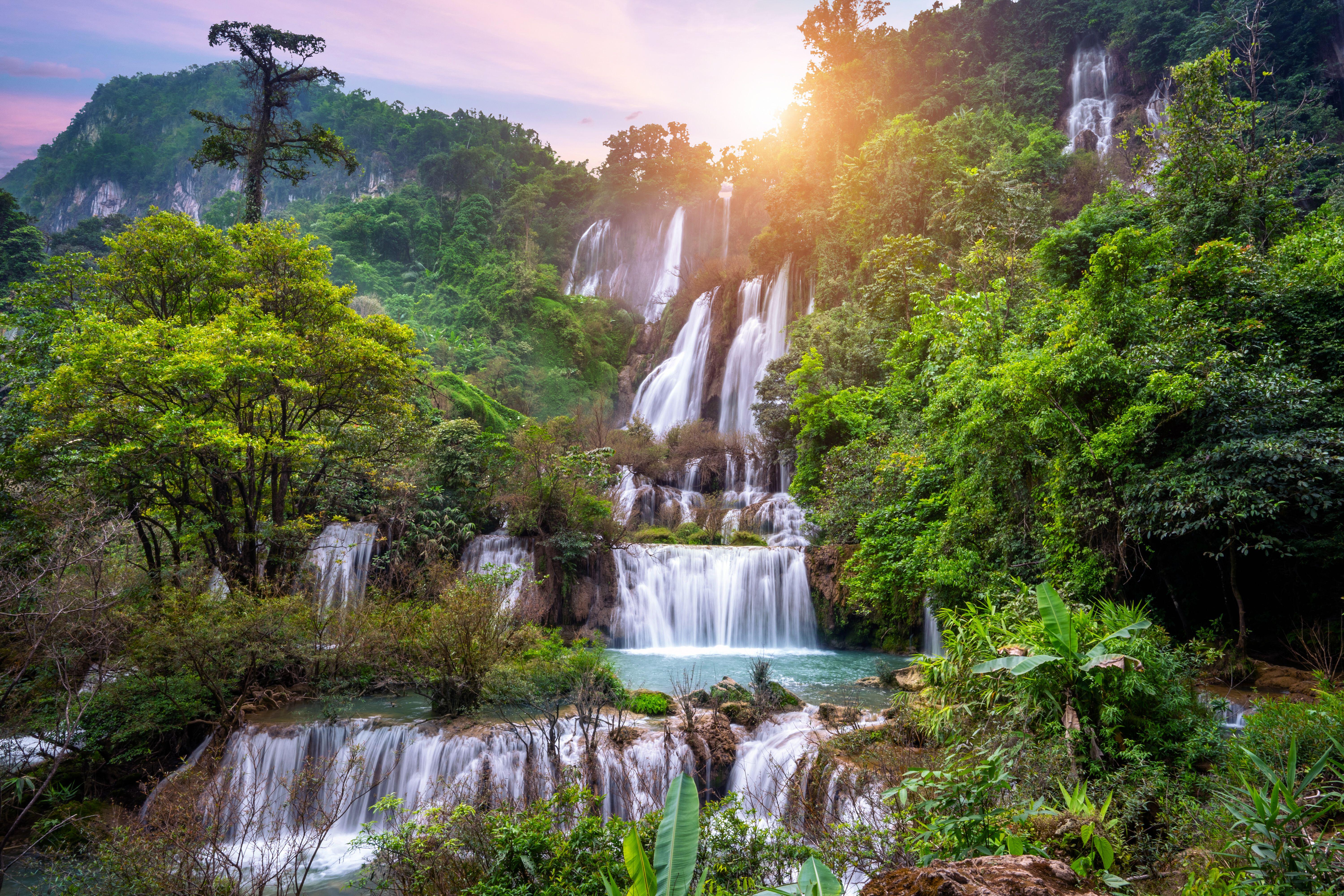
Exploring Thai Mangrove Forests
Popular activities in Thai mangrove forests
Exploring Thailand’s mangrove forests offers a plethora of exciting activities. One popular option is taking a boat tour, which allows you to navigate through the labyrinth of mangrove-lined waterways and witness the stunning scenery up close. Kayaking is another fantastic way to immerse yourself in the tranquility of these forests. Paddling through the narrow channels and observing the diverse wildlife can be a truly unforgettable experience.
Guided tours and eco-tourism options
To enhance your mangrove forest experience, consider booking a guided tour. Knowledgeable guides can provide valuable insights into the flora and fauna, sharing their expertise about the delicate ecosystem and its conservation. Some tours even offer opportunities for hands-on involvement in conservation efforts, such as planting mangrove saplings or participating in research projects. Engaging in eco-tourism activities ensures that your visit has a positive impact on the environment and local communities.
Best time to visit the mangrove forests
Thailand’s mangrove forests can be explored year-round, but the best time to visit depends on your preferences and the region you plan to explore. The dry season, typically from November to April, offers pleasant weather and clear skies, making it ideal for outdoor activities. However, the rainy season, from May to October, can be equally rewarding, as the forests come alive with lush vegetation and an abundance of wildlife.
